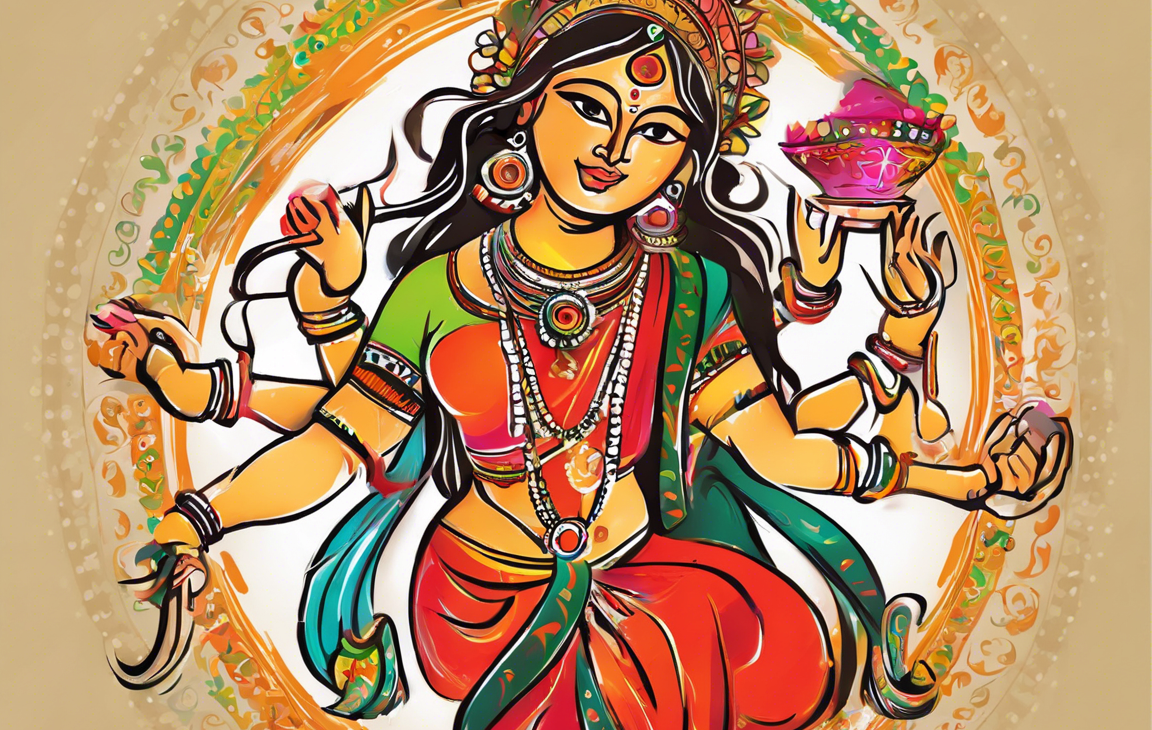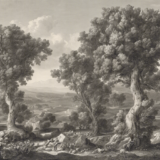Introduction
Navratri, meaning “nine nights” in Sanskrit, is a Hindu festival celebrated with immense enthusiasm and fervor across India. This vibrant and colorful festival is dedicated to the worship of Goddess Durga and her various forms. Navratri is observed over a period of nine nights and ten days and culminates with Dussehra, which marks the triumph of good over evil. One of the highlights of Navratri celebrations is the Garba and Dandiya dance where people come together to dance, sing, and revel in the festive spirit.
Significance of Colors in Navratri
Each day of Navratri is associated with a specific color, and devotees wear clothes of that color to pay homage to the various manifestations of Goddess Durga. The colors hold symbolic significance and are believed to represent different qualities and aspects of the Goddess.
Let’s delve into the mesmerizing world of colors during Navratri:
Day 1 – Yellow
The first day of Navratri is dedicated to Shailputri, the daughter of the mountains. Yellow symbolizes happiness and brightness, signifying the start of the festive season with a joyful and positive vibe.
Day 2 – Green
On the second day, devotees worship Brahmacharini, the unmarried form of Goddess Durga. Green represents new beginnings and growth, symbolizing fertility and prosperity.
Day 3 – Grey
The third day is dedicated to Chandraghanta, the embodiment of beauty and grace. Grey signifies maturity and responsibility, reflecting the strength and stability of the Goddess.
Day 4 – Orange
Kushmunda, the creator of the universe, is worshipped on the fourth day. Orange stands for enthusiasm and creativity, symbolizing the energy and passion of the Goddess.
Day 5 – White
Goddess Skandmata is venerated on the fifth day. White represents purity and peace, reflecting the serene and divine nature of the Goddess.
Day 6 – Red
On the sixth day, Katyayani, the warrior form of Goddess Durga, is worshipped. Red symbolizes strength and power, embodying the fierce and courageous aspect of the Goddess.
Day 7 – Royal Blue
The seventh day is dedicated to Kalratri, the fiercest form of Goddess Durga. Royal blue signifies calmness and wisdom, representing the protective and nurturing qualities of the Goddess.
Day 8 – Pink
Mahagauri, the symbol of beauty and purity, is worshipped on the eighth day. Pink symbolizes love and compassion, radiating the divine grace and tenderness of the Goddess.
Day 9 – Purple
The ninth day is dedicated to Siddhidatri, the granter of blessings and supernatural powers. Purple symbolizes spirituality and mystery, reflecting the mystical and magical aura of the Goddess.
Celebrating with Colors
During Navratri, cities and towns come alive with colorful decorations, traditional attire, and vibrant Rangolis adorning the doorsteps of homes. People participate in Garba and Dandiya Raas events, where the colorful dresses and lively music create a festive atmosphere.
Faqs about Navratri Colors
1. Why do we wear specific colors during Navratri?
During Navratri, each color is associated with a specific form of Goddess Durga and embodies certain qualities. Wearing these colors is a way to connect with the divine energies of the Goddess and seek her blessings.
2. Can I wear different colors during Navratri?
While it is traditional to wear the specific color of the day during Navratri, you can also opt for a combination of colors or wear outfits that have accents of the designated color.
3. What do the colors of Navratri symbolize?
The colors of Navratri symbolize various qualities such as happiness, growth, maturity, enthusiasm, purity, strength, wisdom, compassion, spirituality, and mystery, reflecting the diverse aspects of Goddess Durga.
4. How can I incorporate Navratri colors into my home decor?
You can decorate your home with colorful flowers, Rangolis, drapes, and traditional decorations in the hues of the Navratri colors. This adds a festive touch and creates a vibrant ambiance.
5. Are there any specific rituals associated with Navratri colors?
Some devotees perform Kumari Puja where young girls representing the Goddess are worshipped, and they are dressed in the color of the day. This ritual is considered auspicious and is believed to invoke the blessings of the Goddess.
Conclusion
Navratri is a celebration of devotion, spirituality, and culture, and the colors associated with this festival add a visual spectacle to the festivities. From vibrant yellows to mystical purples, each color carries a unique significance that enhances the spiritual experience during Navratri. Embracing these colors not only connects us with the divine energies of Goddess Durga but also spreads joy, positivity, and unity among communities celebrating this auspicious festival. As we immerse ourselves in the beauty of Navratri colors, may we be blessed with abundance, prosperity, and harmony in our lives.







